Games like Avowed aren’t typically lauded for difficulty, but with combat as fast and tactical as the one in this game, players can find themselves having a tough time regardless of genre conventions. Thankfully, there’s a decent selection of difficulty settings here that caters to all RPG fans of every skill level.
Your choice of difficulty will drastically affect your experience. There are options for story lovers and fans of the world of Eora, and there are a couple for those who are looking for a real challenge. Here’s a brief overview of Avowed’s difficulty options, as well as our recommendations on which ones to pick.
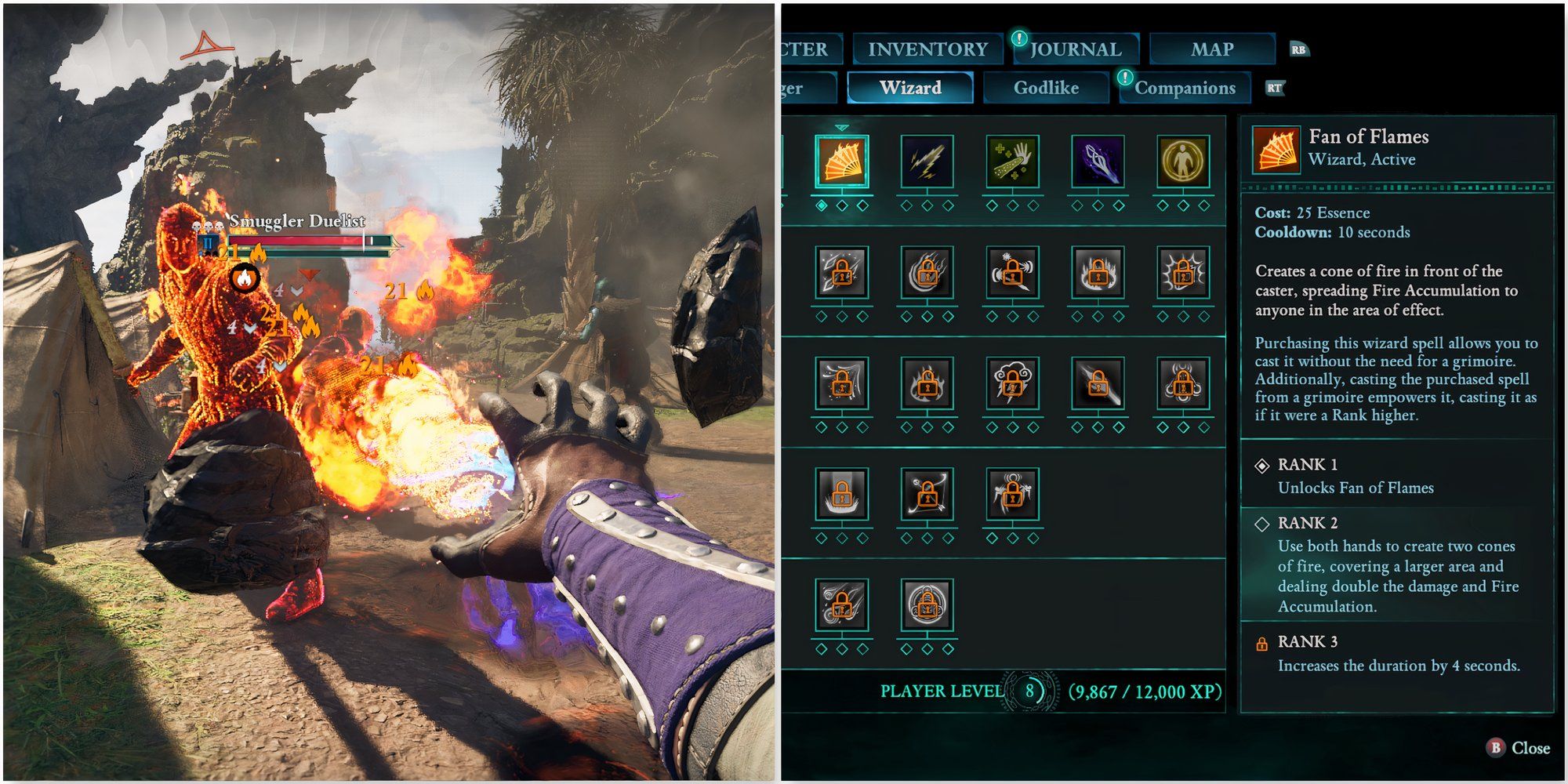
Related
Avowed: 8 Best Skills To Unlock ASAP
Skill points are limited in Avowed, and as a result, knowing which abilities to invest in early on will have ripple effects throughout the whole game.
Quick Links
Avowed: All Difficulty Settings
There are five difficulty options in Avowed, and while they aren’t as varied or extensive as in other games, they provide enough variety to cater to a wide spectrum of players:
|
Avowed Difficulty Options |
|
|---|---|
|
Story Time |
Designed for players who prefer to experience the story and game world without any sort of challenging combat. |
|
Easy |
Combat is very forgiving to help new action-based RPG players get used to how things work. |
|
Normal |
The default Avowed experience. Combat is still forgiving, but not to the extent of the previous difficulty levels. |
|
Hard |
Combat is harsh and requires a decent amount of skill and planning. |
|
Path of Damnation |
The ultimate test. Victory relies on skill, tactics, proper builds and loadouts, and perseverance. |
How to Change Difficulty in Avowed
You can change the difficulty anytime by going to the Game tab of the Settings menu. The difficulty selector is at the top of the screen.
What Changes in Each Difficulty?
Enemy health and damage values make the most noticeable difference between each of the game’s difficulty settings. Enemies are significantly harder to take down as the difficulty increases, and you’ll take much more damage as well.
Upgrading your gear in Avowed becomes much more important in higher difficulties. Enemies will still be incredibly easy to beat with non-upgraded gear on Normal difficulty and lower, but on Hard and Path of Damnation, if your items don’t match the enemy’s quality level, you’re going to have a miserable time.
Which Difficulty Should You Pick?
For those who are completely new to this genre of games, any difficulty below Normal is ideal. You won’t have to worry much about your build, gear, and team composition in these difficulty levels, and you’ll have a much easier time with just about everything the game throws at you.
If you’re a veteran RPG player on their first Avowed playthrough, we recommend starting on Hard. Combat here is reasonably challenging, and you’ll still have enough room to experiment with the variety of playstyles the game has to offer without messing up your actual combat effectiveness.
Path of Damnation is best reserved for Pillars of Eternity veterans or anyone who’s used to torturous difficulty levels. Combat in this difficulty is often more tedious and frustrating than fun thanks to how much higher enemy health bars become, and unless you already know what you’re doing, you’ll likely find yourself in scenarios where you’re hitting big enemies for minutes on end with no room for mistakes.
There’s an achievement for beating the game on Path of Damnation without changing your difficulty.
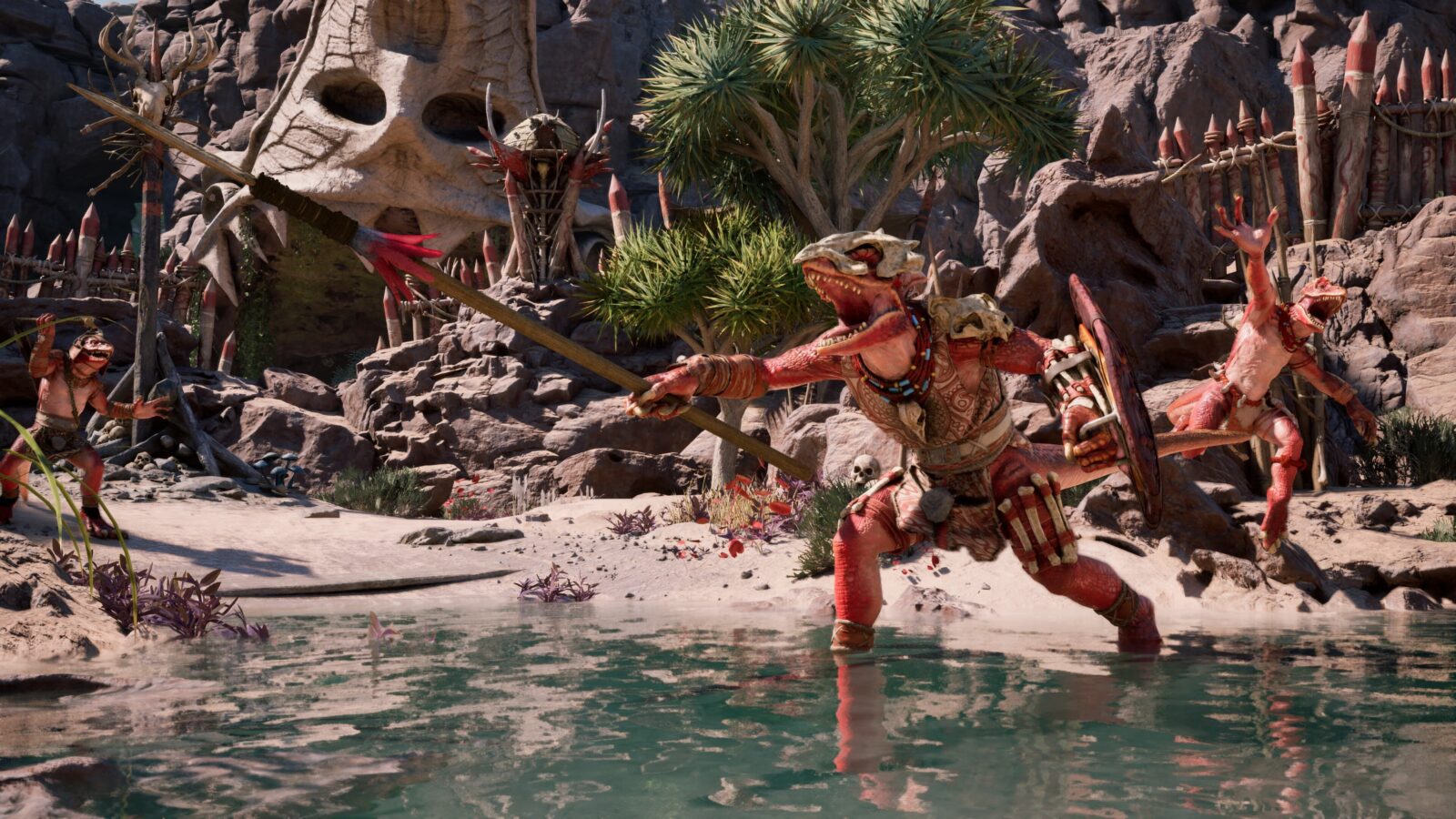

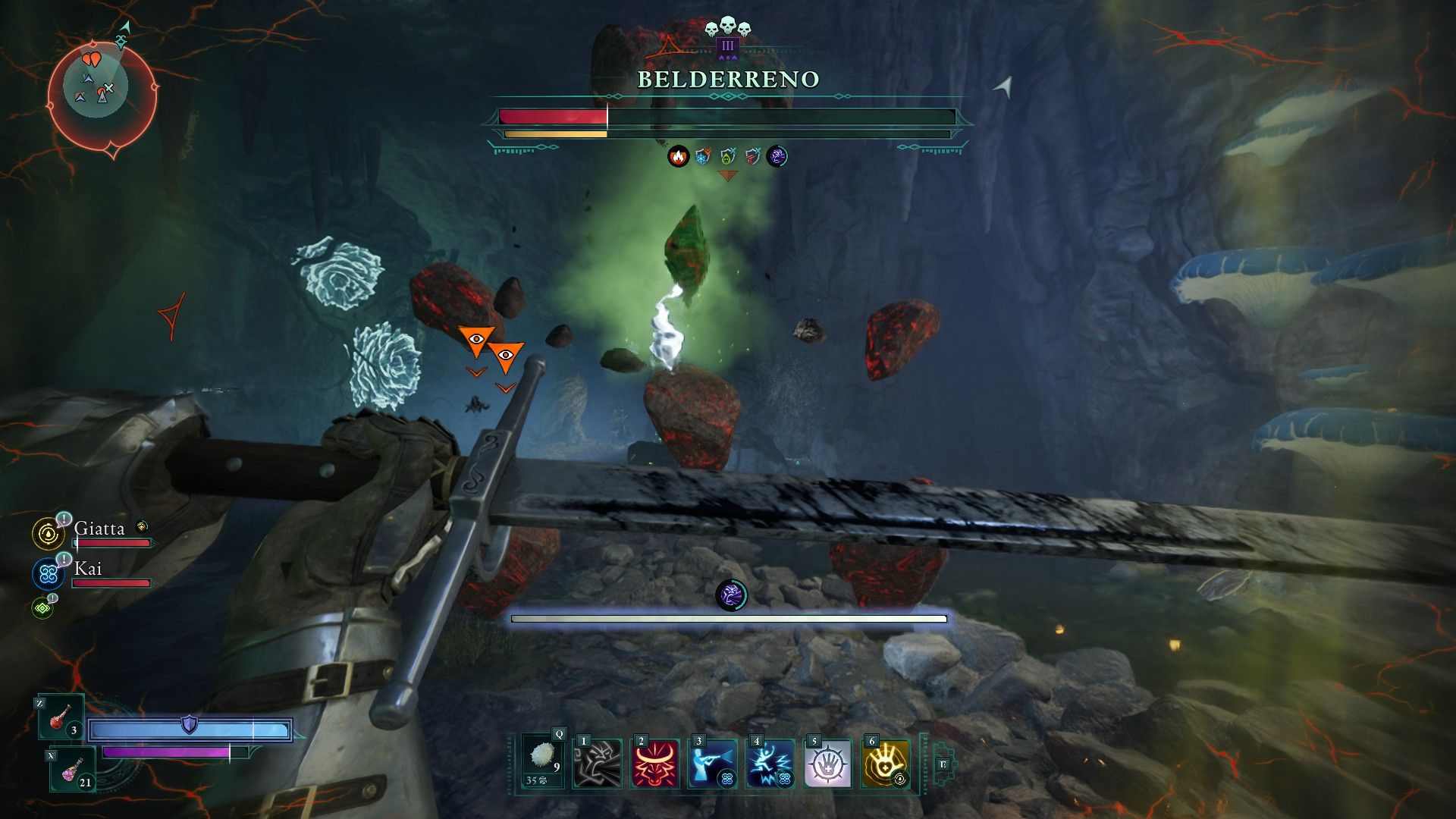
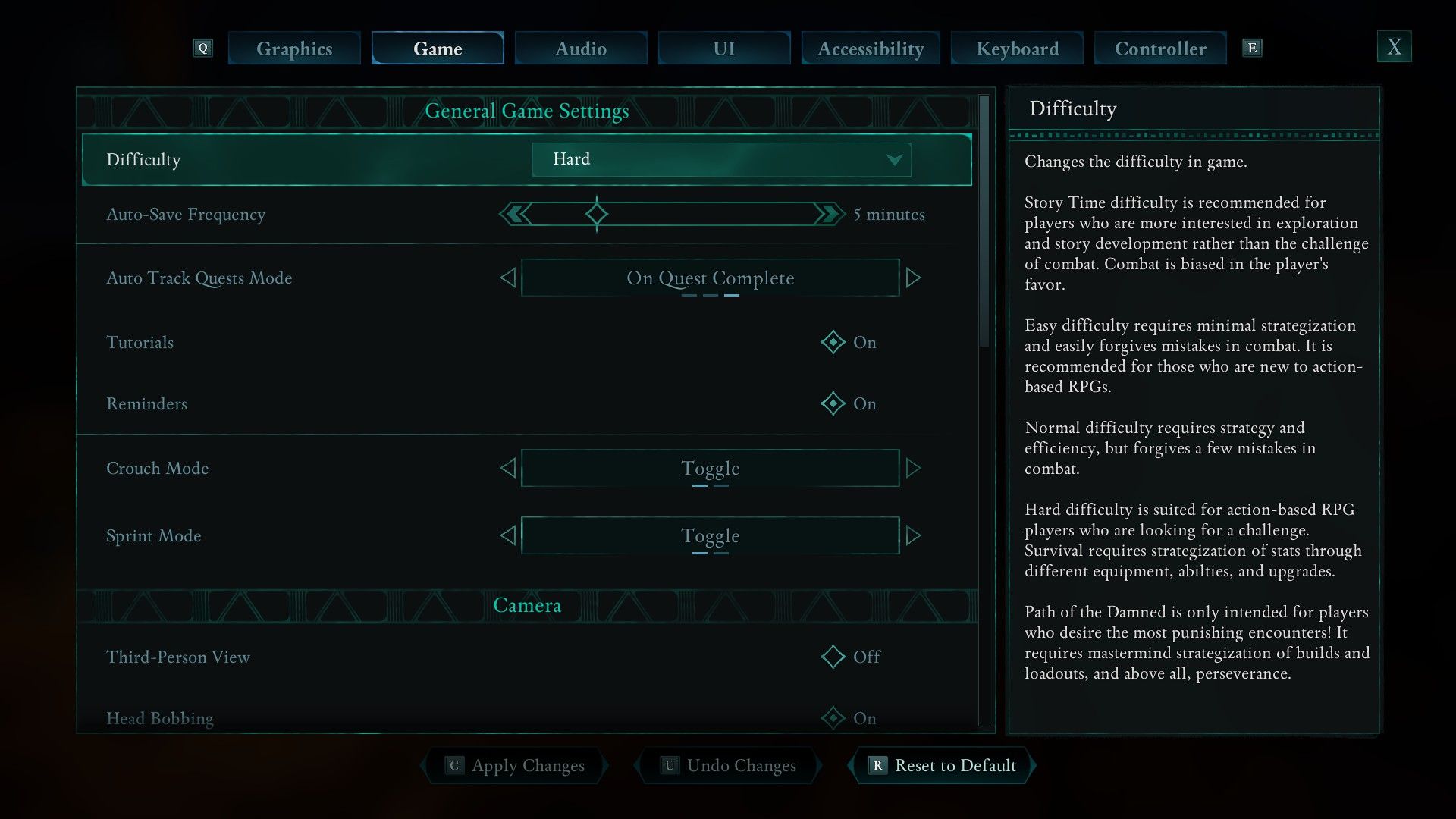
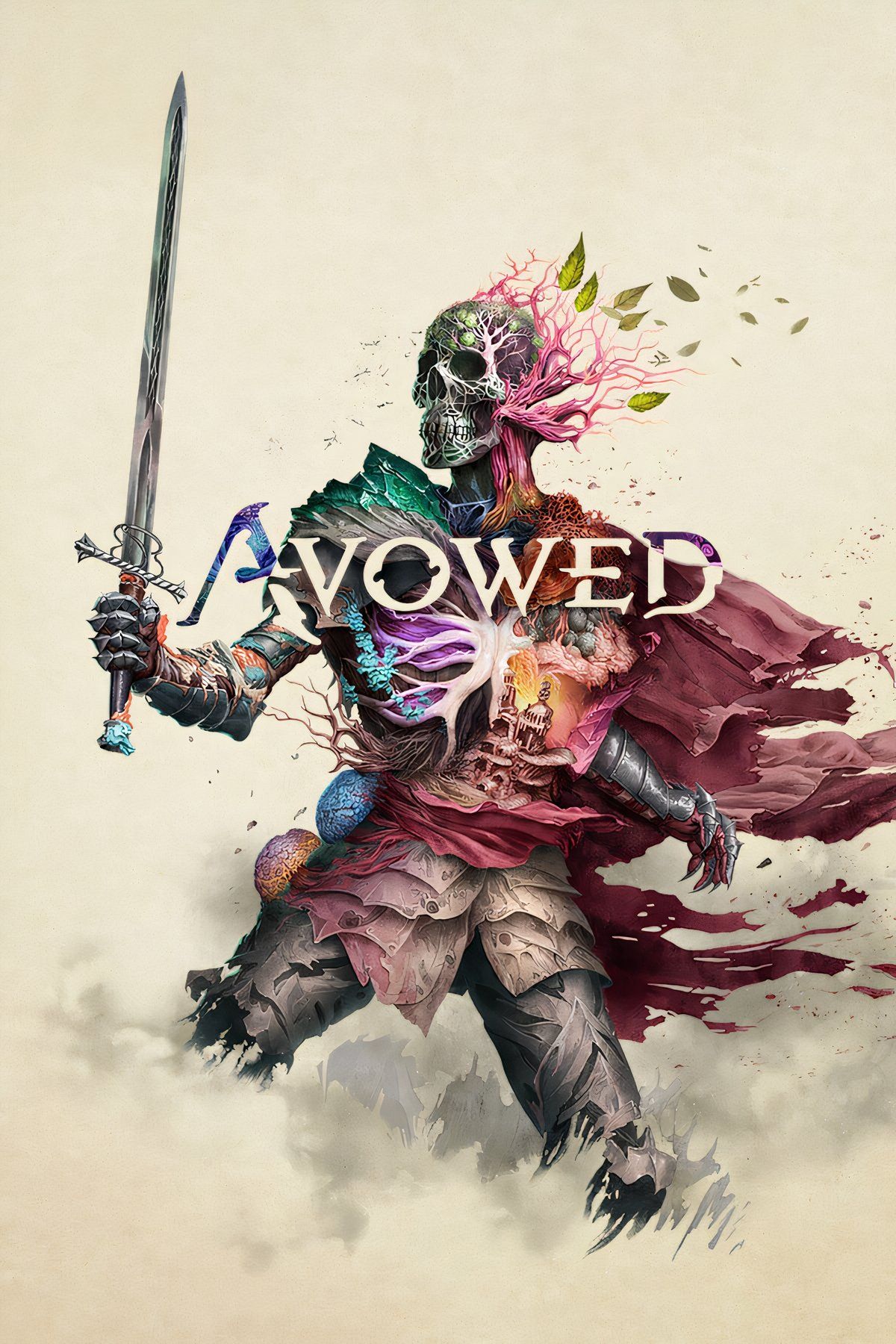







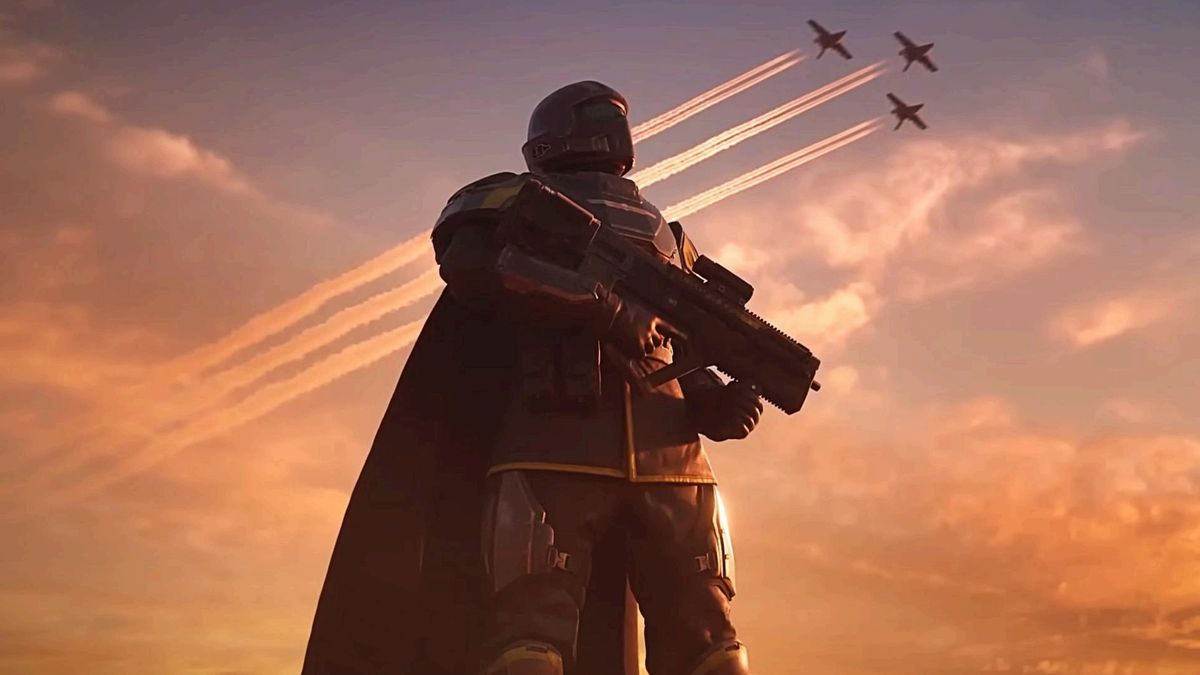


Leave a Reply